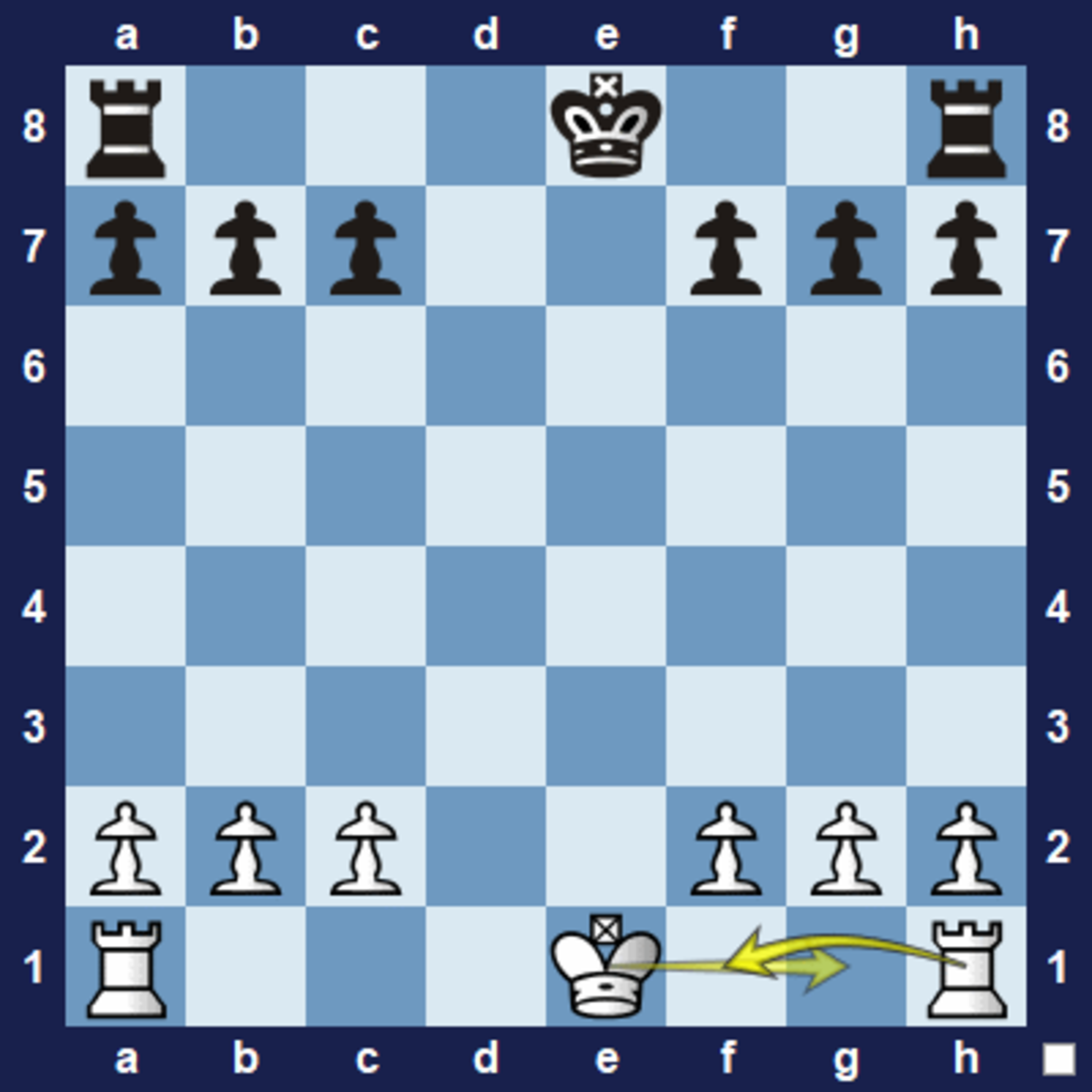
The Bird’s Opening is a chess checkmate pattern starting when white plays its f-pawn to f4. Once both these pieces are moved to the centre of the chessboard, it gives white an excellent opportunity to strike with this checkmate pattern. When it comes to the Dutch Defence, this occurs mainly when black is not careful with its f-pawn and g-pawn. As expected, the black queen gives the checkmate by moving swiftly to h5. After a couple of further exchanges, black makes the blunder of capturing the dark-squared white bishop and opening up a clear passage of attack for the black queen. White follows it up by moving its dark-squared bishop to g5, and black responds by shifting its h-pawn to h6. The moment black commits to this move, it lays open its kingside defensive line. In response, black plays its f-pawn to f5. This checkmate pattern begins with the player controlling white, moving the d-pawn to d4. The Dutch Defence can be seen at all levels of chess, from the amateur to the elite group. Here again, the underlying lesson is to refrain from moving the f-pawn out of its position too quickly. Made famous by Gioachino Greco in 1619, the Owner’s Defence technique involves the sacrifice of a queen to gain the upper hand during a match. The main idea behind this type of checkmating pattern is to fianchetto the light-squared bishop. While thinking about effective chess moves to win games, this technique comes to mind quickly. This is another well-known fast-paced checkmating technique that has recently become trendy. With the correct sequence of moves, the Scholar’s Mate can allow a game to reach its conclusion in just four movements. Taking advantage of an error from the black’s side, the queen then goes for the kill by moving swiftly to square f7. The bishop then goes to square c4 to attack the f7 square at the opposite end. White begins by moving the e-pawn to e4, enabling the white queen and the white light-squared bishop to move out quickly onto the field of action. This mate works when white goes for the opponent’s f7 square. One of the primary checkmate patterns that every chess player experiences early on in their chess journey, the Scholar’s Mate, consists of only four moves. After that, the black queen proceeds to give the death blow to the white king by moving to the h4 square. Consequently, black moves first play its e-pawn a couple of blocks ahead to clear the way for its queen and dark-squared bishop.

This dangerously opens up the white king’s line of defence at the very outset of the match. Here, white makes the mistake of playing both g-pawn and f-pawn up two squares in the first couple of chances.

The Grob’s Attack manoeuvre is similar to the Fool’s Mate in some ways. Once the queen is placed on the h4 square, the white king gets trapped in its spot and is checkmated. The player with black pieces first plays e4 and then follows it up with the deadly move of the queen to h4. If the opponent notices such an instance, the game will end within four moves.įor a fool’s mate to occur, the player handling white pieces must make the error of first moving the f-pawn to one or two blocks up and then following it up with proceeding the g-pawn up to two tiles. As a result, the king gets wholly exposed to an enemy attack.

#CHESS MOVES HOW TO#
"Give me 21 Days and I'll Show You How to Become a Dramatically Better Chess Player.As the name suggests, the fool’s mate occurs in a chess game when one player foolishly plays two back-to-back uncalculated pawns. Return from – Special Chess Moves to – Home This bishop hinders the black rook to come out. White has a better position because Black has a weak e-pawn and his bishop is locked in. Now study the terrible effect of the e-pawn advance.Ģ) 2…Ng4 3.e6!… a push right into the heart…ĥ) White moves 6.QxQ RxQ 7.Bb3 e6 8.Ne4 Nxf7 Pawns have the desire to move ahead and grab space in the center. It hinders the development of the bishop on c8.

The white pieces are placed on natural squares but Black’s position is somewhat cramped. White will push his e-pawn ahead gaining space in the center and disturbing the coordination of Blacks chess pieces. In the chess game below Black has forgotten to play e5 to stop the advance of White’s e-pawn.


 0 kommentar(er)
0 kommentar(er)
